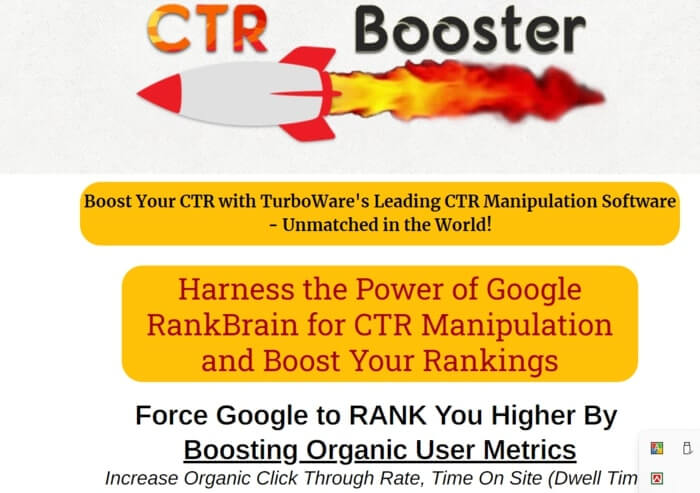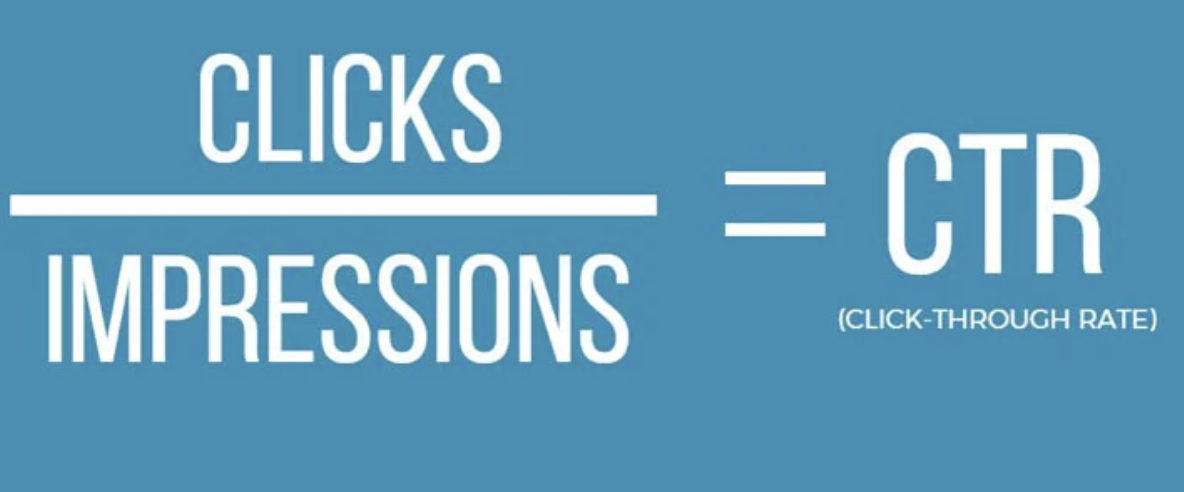Open Higher Rankings with Effective CTR Manipulation Strategies
Open Higher Rankings with Effective CTR Manipulation Strategies
Blog Article
Optimizing Organic Click-Through Rates With CTR Control
The optimization of organic click-through rates (CTR) is a nuanced undertaking that pivots on understanding both customer psychology and efficient web content discussion. The landscape is rife with false impressions and oversimplifications regarding what truly drives CTR.
Understanding Click-Through Fees
Recognizing click-through rates (CTR) is vital for examining the performance of on-line advertising methods. CTR determines the percentage of customers that click a particular web link or advertisement compared to the overall variety of users who see it. A greater CTR shows that the material is engaging and relevant to the target audience, while a lower CTR may signal a requirement for optimization.
To calculate CTR, split the variety of clicks by the variety of impressions and multiply by 100. If an ad receives 300 clicks out of 10,000 impressions, the CTR would be 3%. This metric is essential for assessing different components of electronic advertising, consisting of seo (SEO), email projects, and social media sites marketing.
Additionally, assessing CTR helps marketers determine which strategies generate the best outcomes and which call for improvement. By concentrating on improving CTR, businesses can improve their web content's visibility and efficiency, causing boosted traffic and potential conversions. Comprehending the subtleties of CTR is fundamental for any kind of marketing expert aiming to optimize their online presence and take full advantage of return on investment (ROI)

The Psychology of Customer Behavior
User habits is dramatically affected by emotional factors that determine how individuals engage with online material. Understanding these elements is important for enhancing click-through prices (CTR) in natural search results.
Emotional feedbacks also dramatically effect user habits. Web content that resonates mentally can cause a feeling of necessity or inquisitiveness, triggering users to click. In addition, social proof-- such as user reviews or ratings-- can enhance trust fund and motivate involvement, as individuals frequently look to the behaviors of others to inform their very own decisions.
Furthermore, the principle of scarcity can drive clicks - LinkDaddy CTR Manipulation. Limited-time deals or exclusive material produce a fear of missing out on out (FOMO), engaging users to act quickly. Understanding these emotional vehicle drivers allows marketers to develop even more compelling content that reverberates with their target market
Efficient CTR Adjustment Strategies
Leveraging mental understandings can considerably enhance click-through prices (CTR) via targeted control strategies. One of one of the most efficient techniques is making use of compelling headlines that stimulate inquisitiveness or necessity. Wording titles as questions or including numbers can attract more attention, motivating individuals to click.
One more technique entails optimizing meta summaries to create a feeling of significance and immediacy. By plainly laying out the options or benefits offered in the web content, you can engage prospective viewers and encourage them to click. In addition, making use of power words-- such as "exclusive," "confirmed," or "free"-- can improve the charm of your web content.
Visual components also play a crucial duty. Integrating distinctive pictures or thumbnails can attract customers in and enhance CTR. A/B testing various visuals can assist determine which photos reverberate finest with your audience.
Last but not least, making certain that your content promises deliverable worth brings about higher CTR. They are more likely to engage when users view that clicking will offer them with meaningful understandings or solutions. By utilizing these techniques thoughtfully, marketing professionals can effectively adjust CTR to their benefit while maintaining ethical criteria.
Common Misconceptions Concerning CTR
Numerous mistaken beliefs surround click-through rates (CTR) that can lead marketing experts to make illinformed choices. One widespread misconception is that a higher CTR constantly equates to better performance. While a high CTR suggests that even more individuals are clicking, it does not ensure conversions or sales. Eventually, the effectiveness of website traffic relies on the high quality of the landing page and the importance of the material.
Another common idea is that CTR is a separated metric. In truth, CTR should be assessed combined with other performance indications, such as bounce rate and conversion price, to get an all natural view of campaign success.
In addition, some marketing experts assume that enhancing for CTR alone is sufficient. Nonetheless, focusing specifically on CTR can bring about clickbait strategies that might bring in clicks however stop working to involve users meaningfully. This approach can damage brand reputation and cause reduced retention rates
Finally, there is a concept that CTR techniques are generally reliable. The reality is that ideal CTR methods can differ substantially across industries and target market, demanding tailored techniques for different market sectors. Recognizing these misconceptions is important for establishing reliable CTR approaches that line up with overarching marketing objectives.
Measuring CTR Success
Although high click-through prices (CTR) can indicate effective interaction with web content, determining their true success needs a detailed analysis of several factors. It is crucial to recognize the context in which the CTR is attained. For instance, a high CTR on a deceptive title might not translate to significant interaction or conversions, eventually showing inadequately on the brand's reliability.
2nd, reviewing the resource of website traffic is critical. Organic web traffic from search engines can represent a robust material technique, while clicks from unimportant resources may show CTR Manipulation Service an absence of targeting. Furthermore, measuring the succeeding individual behavior is important; analyzing metrics such as bounce price, time invested on page, and conversion prices can give deeper insights into the high quality of the engagement launched by the CTR.

Verdict

The optimization of natural click-through rates (CTR) is a nuanced undertaking that hinges on comprehending both user psychology and efficient content discussion. CTR gauges the percentage of users that click on a particular web link or advertisement contrasted to the complete number of individuals that see it. A greater CTR shows that the web content is involving and appropriate to the target audience, while a reduced CTR may signify a need for optimization.
Focusing solely on CTR can lead to clickbait tactics that might draw in clicks yet fail to involve individuals meaningfully. Furthermore, determining the succeeding individual behavior is essential; analyzing metrics such as bounce price, time invested on web page, and conversion prices can offer much deeper understandings right into the quality of the engagement launched by the CTR.
Report this page